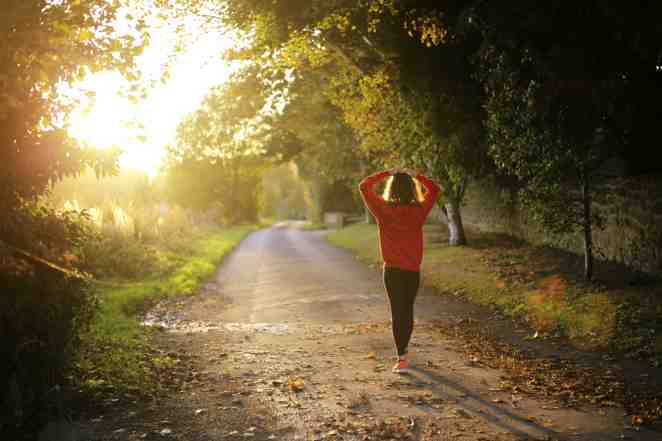
How To Exercise During Allergy Season
When having allergies, it is difficult to exercise, particularly during allergy season. All that sneezing, sniffing, and peering through watery eyes normally has people wondering if it is safe to exercise.
Unfortunately, seasonal allergies impose significant health burdens, and it has been estimated that 10-30% of the global population is affected every year by allergic rhinitis. Forecasters expect 2021 to be the worst year ever in terms of allergies and pollen, the most common allergy trigger is estimated to affect one in five Americans each year.
Steer clear of allergens
During allergy season, it is vital that individuals take into account several factors that can deteriorate their health and lead them to experience an allergic condition.
One of the most important things to take into account is the amount of pollen in the air. For example, a tree pollen level above 90 is high, whereas a pollen level ranging from 1-15 is considered relatively low. Before exercising it is important to check an authoritative website that tracks down pollen counts for both trees, weeds, grass, and even mold.
If the levels of mold, in particular, appear to be high, then individuals should consider how to get rid of mold quickly, since this type of factor can severely affect breathing ability.
Pick the right type of exercise
Swimming is a great choice in order to build up the lungs. Biking and jogging are also good choices of exercise during allergy season.
On the other hand, running may stress the body and make it more susceptible to environmental pollen. It is always preferable to switch to a lower-impact routine, like yoga or Pilates during allergy season to avoid over-stressing the body.
Pre-medicate properly
Lots of people wait until the first allergy symptoms make their appearance before taking their prescribed medications. That's a huge mistake. Medication should be taken a few weeks before the season in order to allow sufficient time for them to build up in the body.
Talk to the local pharmacist or doctor about over-the-counter options in case allergic symptoms are a common experience every year.
Choose the best time of the day
Depending on the type of allergy, people should avoid certain parts of the day. For example, grass pollen is higher in the afternoon and early evening, whereas ragweed levels reach their maximum in early midday.
Wearing a face mask can be an effective way of protection if exercising during high-pollen times.
Seasonal allergies can be irritating and difficult to deal with, particularly when symptoms of itchiness, wheezing, sneezing and watering eyes make their appearance.
However, those symptoms should not deprive people of exercising. Thankfully, there are several tips that can help individuals exercise during allergy season!
Next in Lifestyle: Bathing Suits